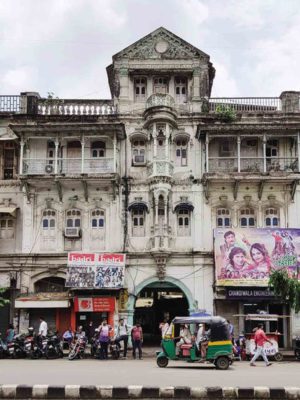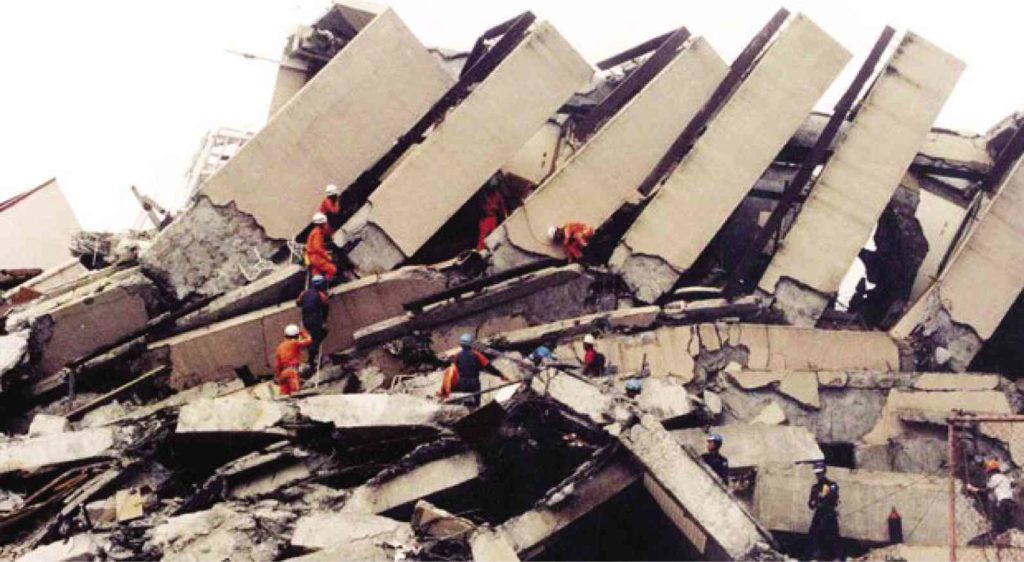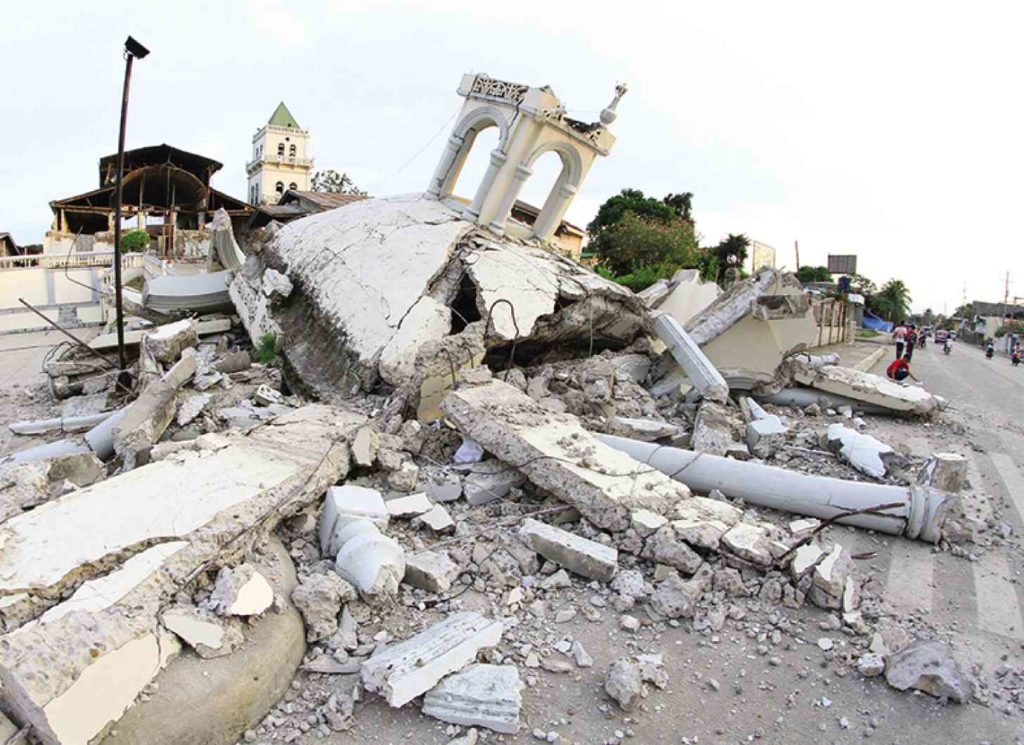Hope amid the Ruins
Catastrophes are events that test the human spirit. Though many cities around the world have experienced the worst of Mother Nature, it is a wonder how these places have remained resilient.
Some places were able to rebuild themselves even after a few years, even becoming better versions of themselves.
Though money plays a big role in the rebuilding process, it is amazing to see how China and India were able to rise from the ruins despite numerous challenges.
Partnership against quakes
In 2008, an earthquake with a magnitude of 7.9 hit the Sichuan province of China, leaving major damages. Many people died, businesses were affected and families were left homeless.
Article continues after this advertisementThis event came three months before the scheduled Olympics in Beijing, and rebuilding was crucial not only for the affected communities but also for the overall image of China.
Article continues after this advertisementDue to the impending Olympics, the Chinese rushed to rebuild the damaged cities of the province. Nevertheless, they took the opportunity to implement new policies on old communities.
They also encouraged a “pair assistance program” wherein unaffected Chinese cities were tasked to help those distressed. The help focused primarily on the financial aspect, but assistance was encouraged too in housing, public services and infrastructure.
In total, 19 provinces from the east were assigned to help out the 24 cities affected by the calamity. With at least two cities focusing on each place, the rebuilding became quick and decentralized. The majority of the construction was finished in about three years.
As partnerships were enforced and clearly delineated, the progress was easily implemented. Today, despite the blow it once suffered, Sichuan has managed to make an almost complete turn-around.
Buildings are now more durable, communities are more developed and neighboring cities are bound to each other in gratitude. All these thanks to an unexpected catastrophe.
Importance of NGOs
The state of Gujarat in India suffered a magnitude 7.7 earthquake on January 26, 2001.
The ground movement resulted in the deaths of about 14,000 people and the extensive damages to structures.
Despite the destruction, Gujarat had one good thing going on for them: many non-governmental organizations (NGOs) were based in the area and quickly responded to the situation. With support from the government, the NGOs became the key players in the recovery process of the area.

Some old buildings survived the earthquake and continue to stand in Gujarat India
About 80 NGOs acted as middle men between the government and communities. They provided information dissemination and managed resourced needed for rebuilding. Building materials and funding were monitored by these groups and were quickly utilized under their careful watch.
The rebuilding program of Gujarat focused on self-assistance for communities.
People were encouraged to undertake the rebuilding of their homes and properties independently with financial assistance from the government.
Contractors were hired, but NGO and government coordination became imperative during construction. The goal was to speed up the process of rebuilding and despite some quality control issues, this became highly effective.
According to a report by the Lincoln Institute, over 70 percent of the rebuilt structures were completed in two years. Home and business owners were able to benefit from government and bank loans to help them recover from their losses.
India’s experience served as an example that despite financial challenges, community effort can lead a ruined city to the path of recovery.
What Philippines can learn

The Hyatt Terraces Baguio, after it was destroyed by a 7.7-magnitude earthquake that hit the summer capital.
As a country often beset by natural disasters, our nation already has preparation methods and planned responses to calamities. These plans have been developed based on our past experiences with typhoons, floods, earthquakes and the like.
Nevertheless, it is very helpful for us to see how other nations approach these same problems. A lot of our cities, especially those that are continuously affected by disasters, would always benefit from newfound knowledge and techniques.
Moreover, what makes China and India exemplary is that they used these disasters as a chance to change the existing.
When a calamity wipes out a city, an opportunity to build structures better and introduce improvements presents itself.
Maybe if we see calamities as a chance to create better cities, we can make the most out of these tragedies. When we gain something new and improve ourselves in the process, losing may not be so bad after all.
(Sources: www.lincolninst.edu; www.governing.com)
The author is a Filipino architect who studied and lived abroad for a while. Currently working for the local firm DSFN Architects, she values her time abroad for all the lessons she learned from other cultures.
